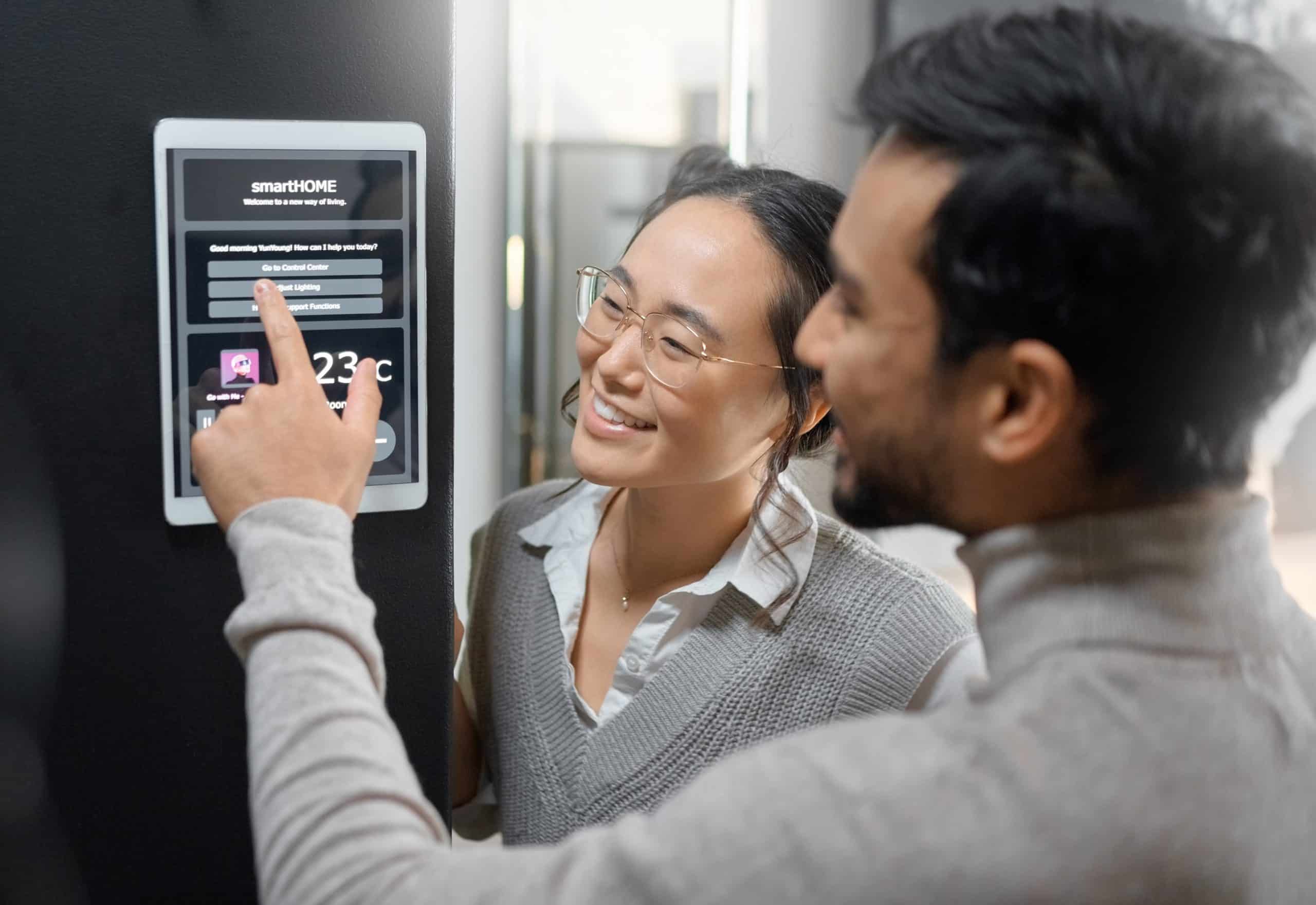Welcome to the future of public transit – a world where autonomous vehicles are not just a figment of one’s imagination but a reality. As you navigate through your day-to-day life, you’ll notice that the transportation scene has changed significantly. It’s time to delve into the fascinating world of self-driving vehicles and understand how Artificial Intelligence (AI) models are enhancing their safety and efficiency.
The Role of AI in Autonomous Public Transit
Let’s embark on an exciting journey to understand how AI plays a pivotal role in autonomous public transit. AI, with its complex algorithms, enables these vehicles to make split-second decisions, ensuring passenger safety, and optimizing traffic management.
Also read : What Role Do AI Models Have in the Analysis and Interpretation of Big Data in Healthcare?
AI facilitates the smooth functioning of these vehicles on our roads. By harnessing the power of data, autonomous vehicles can interpret real-time traffic conditions, predict potential hazards, and make appropriate driving decisions. The use of sophisticated sensors and machine learning algorithms helps these vehicles to navigate with precision, mitigating risks and enhancing public safety.
The Intricacies of Autonomous Vehicles
Having given a brief overview of the role of AI in autonomous public transit, let’s delve a bit deeper. Autonomous vehicles are a marvel of modern technology. They are loaded with numerous sensors, radars, and cameras that continuously collect data about their surroundings.
In parallel : Can AI Models Enhance the Personalization and Efficiency of Mobile Health Apps?
This data influx is processed using AI-based systems, which include various machine learning algorithms. These algorithms help the vehicle understand road conditions, interpret traffic signals, recognize pedestrians, and much more. In essence, AI models form the brain of an autonomous vehicle, enabling it to make wise driving decisions.
Smart Traffic Management with AI
Managing traffic effectively is a core aspect of ensuring safety with autonomous public transit. AI models are revolutionizing traffic management systems, making them more efficient and responsive.
Imagine a world with no traffic congestion where vehicles glide smoothly on roads, optimizing their speed and route based on real-time traffic data. That’s precisely what AI aims to achieve. By processing real-time data, AI systems can predict traffic congestions even before they happen and divert vehicles accordingly. It’s like having a bird’s eye view of the entire road network, with the ability to control the flow of traffic seamlessly.
Ensuring Public Safety Through AI
When it comes to safety, there’s no room for compromise. The advent of autonomous vehicles has sparked a significant amount of discussion about safety, and rightly so. With AI models at the helm, there’s a lot being done to ensure that these self-driving vehicles are as safe, or even safer than traditional cars.
AI models use predictive analysis to anticipate potential risks on the road. For instance, if a pedestrian suddenly steps onto the road, the AI system in the vehicle can detect this in real-time and apply the brakes promptly. Similarly, if another vehicle is moving erratically, the AI system can predict the risk of collision and take appropriate action. In this way, AI is playing a critical role in enhancing public safety.
Future Prospects of AI in Autonomous Public Transit
As we witness the rapid evolution of autonomous public transit, it is fascinating to envision where all this will lead us. The journey so far has been exciting, but the future holds even more promise.
The use of AI in autonomous vehicles is still in its nascent stages. However, as technology continues to evolve, we can expect to see even more advanced AI models that will further enhance the safety and efficiency of autonomous public transit. This may include improved machine learning algorithms, more sophisticated sensors, better data management systems, and much more.
The potential of AI in autonomous public transit is immense. It opens up a world of possibilities and is paving the way for a safer, more efficient, and sustainable future of transportation. So, sit back and enjoy the ride as we zoom into this incredible future.
Breakthroughs in AI-Powered License Plate Recognition
Delving more specifically into the role of AI in autonomous public transport, let’s focus on the application of license plate recognition. This is a compelling AI-backed technology that is revolutionizing the transportation industry. The system uses advanced computer vision techniques to read vehicle license plates automatically.
In autonomous vehicles, this technology serves several purposes that contribute to enhancing road safety and streamlining traffic management. For instance, AI-powered license plate recognition can identify vehicles that are registered as stolen or are involved in any suspicious activities. This allows immediate action to be taken, ensuring public safety.
Moreover, this technology can also play a significant role in traffic flow regulation. By identifying vehicles and their registered data, the AI system can manage the traffic flow more efficiently. For instance, during peak hours, the system can prioritize public transit vehicles, reducing their transit time and increasing the overall efficiency of the transportation system.
Harnessing the power of machine learning algorithms, the system can adapt and learn from the data collected. The more data it handles, the better it gets at identifying and recognizing plates, even in challenging conditions such as poor lighting or adverse weather. Thus, the incorporation of AI-powered license plate recognition in autonomous vehicles represents a significant leap forward in the realm of autonomous public transit.
Conclusion: The Promising Future of AI in Autonomous Public Transportation
The introduction of AI models in the transportation industry, especially in autonomous public transit, offers a glimpse into a future where commuting is safer, more efficient, and environmentally sustainable. As technology continues to evolve, it’s fascinating to envision the enhancements that AI will bring to autonomous vehicles.
The role of AI in autonomous public transit is not limited to driving vehicles and managing traffic flow. Its application extends to predictive analysis, hazard detection, and license plate recognition, among others. These significant advancements are now moving us closer to a world where autonomous public transportation is not only a reality but the norm.
While this transition won’t happen overnight, the progress so far is promising. It reflects the immense potential that AI models hold for the future transportation landscape. Therefore, as we continue to explore and implement these advancements, we can look forward to a future where autonomous public transit, powered by AI, will revolutionize our daily commutes.
So, as we navigate the exciting journey towards a future driven by AI-powered autonomous public transit vehicles, let’s embrace the incredible advancements that technology brings. It’s just a matter of time before we experience the full potential of artificial intelligence in reshaping the way we travel.











